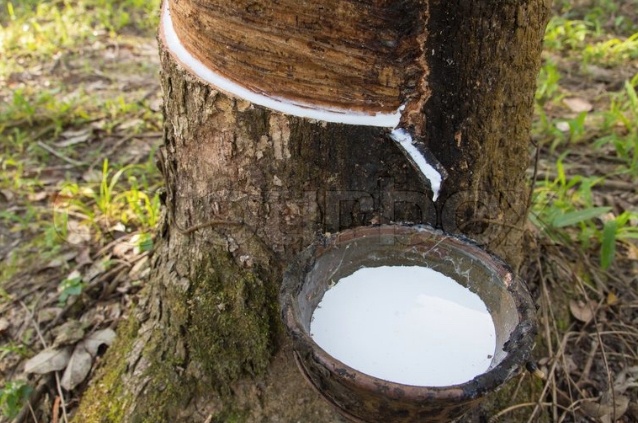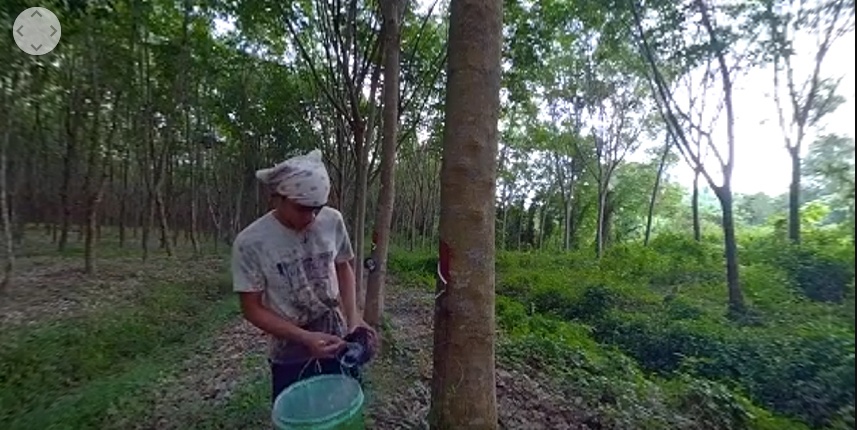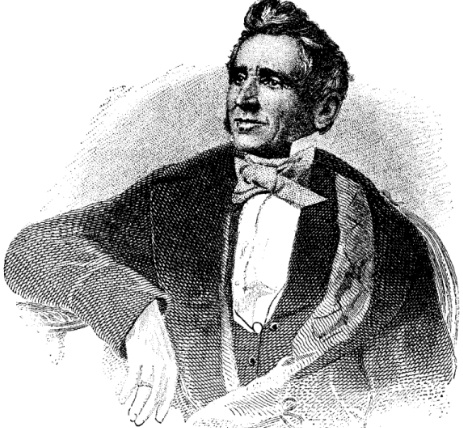Talk about an interesting juxtaposition . . . the 360-degree virtual video tour of the new Double Coin TBR and OTR plant in Thailand begins with rubber sap being collected from trees much the way it was done by the Mayans and Aztecs a thousand years ago.
The video tour then proceeds inside one of the most modern tire plants in the  world where robots and other automated machines produce tires of outstanding quality.
world where robots and other automated machines produce tires of outstanding quality.
Click below to check out the action. Whether you are in the rubber tree plantation or the plant itself, use your mouse to look around any time during the tour.
The Mesoamerican peoples, such as the Mayans and Aztecs, first tapped rubber from one of several trees found in Central and South America.
Explorers and colonists brought samples of these trees when they headed back to Europe. Eventually, seeds from these trees were transported to rubber plantations in other tropical climates during the era of European colonialism.
Currently, most natural rubber comes from Latin American-derived trees transplanted to Southeast Asia, as well as India, Sri Lanka and Africa.
Rubber Trees are ready in 6 years
It takes about six years for a rubber tree to grow to a point where it’s economical to harvest the sap, which is called latex.
Here’s how you tap one: The collector makes a thin, diagonal cut to remove a sliver of bark. The milky-white latex fluid runs down the cut and is collected in a bucket. After about six hours, the fluid stops flowing. In that six-hour period, a tree can usually fill a gallon bucket. The tree can be tapped again with another fresh cut, usually the next day.

Mesoamericans dipped their feet in latex to make shoes
Interestingly, the Mesoamericans would dry the collected rubber latex and make balls and other things, like shoes. They would dip their feet in the latex and allow it to dry. After several dips and dryings, they could peel a shoe from their feet. Next, they smoked their new rubber shoes to harden them.
 Breakthrough discovery by Charles Goodyear
Breakthrough discovery by Charles Goodyear
Charles Goodyear’s discovery of vulcanization in 1839 —a process that allows rubber to withstand heat and cold—revolutionized the rubber industry and paved the way for rubber to become a key component in tires.
We hope you enjoy the tour of our new plant. We’re getting rave reviews on the quality of the TBR and OTR tires coming out of this facility.

Double Coin tires deliver exceptional value for a wide variety of commercial applications, including trucking, construction, mining, ports and agriculture. Our goal is to provide valuable information for those working in these industries.
We’re excited to showcase our customer, @weza_landscaping, putting the REM-2S OTR tire to work, effortlessly clearing snow from city streets! Designed for year-round performance, this tire thrives in the toughest winter conditions. Whether it’s ice, gravel, or packed snow, the…
Twitter feed video.
🚨Heavier, Deeper Tread Tires from Double Coin! 🚨
See the REM-4 and REM-26 in action! With their heavier build and deep tread, they outlast the competition, making them perfect for baggage tugs and other airport vehicles.
🔧 REM-4: Drive tire (7.00R12) with unmatched depth for…
Twitter feed video.
🚨 New GSE Tires Alert from Double Coin! 🚨
Meet the REM-4 and REM-26 – all-steel radial construction for extreme durability and puncture resistance. Perfect for baggage tugs and other airport ground vehicles.
⚙️ REM-4: Drive tire (7.00R12)
⚙️ REM-26: Steer tire (6.00R9)
Stock…
Twitter feed video.
“Breaker one-nine, this here’s the Rubber Duck.” Convoy (1978) RIP Kris Kristofferson 1936-2024 #KrisKristofferson #convoy
– Convoy –
via @YouTube
Add this ID to the plugin's Hide Specific Tweets setting:


